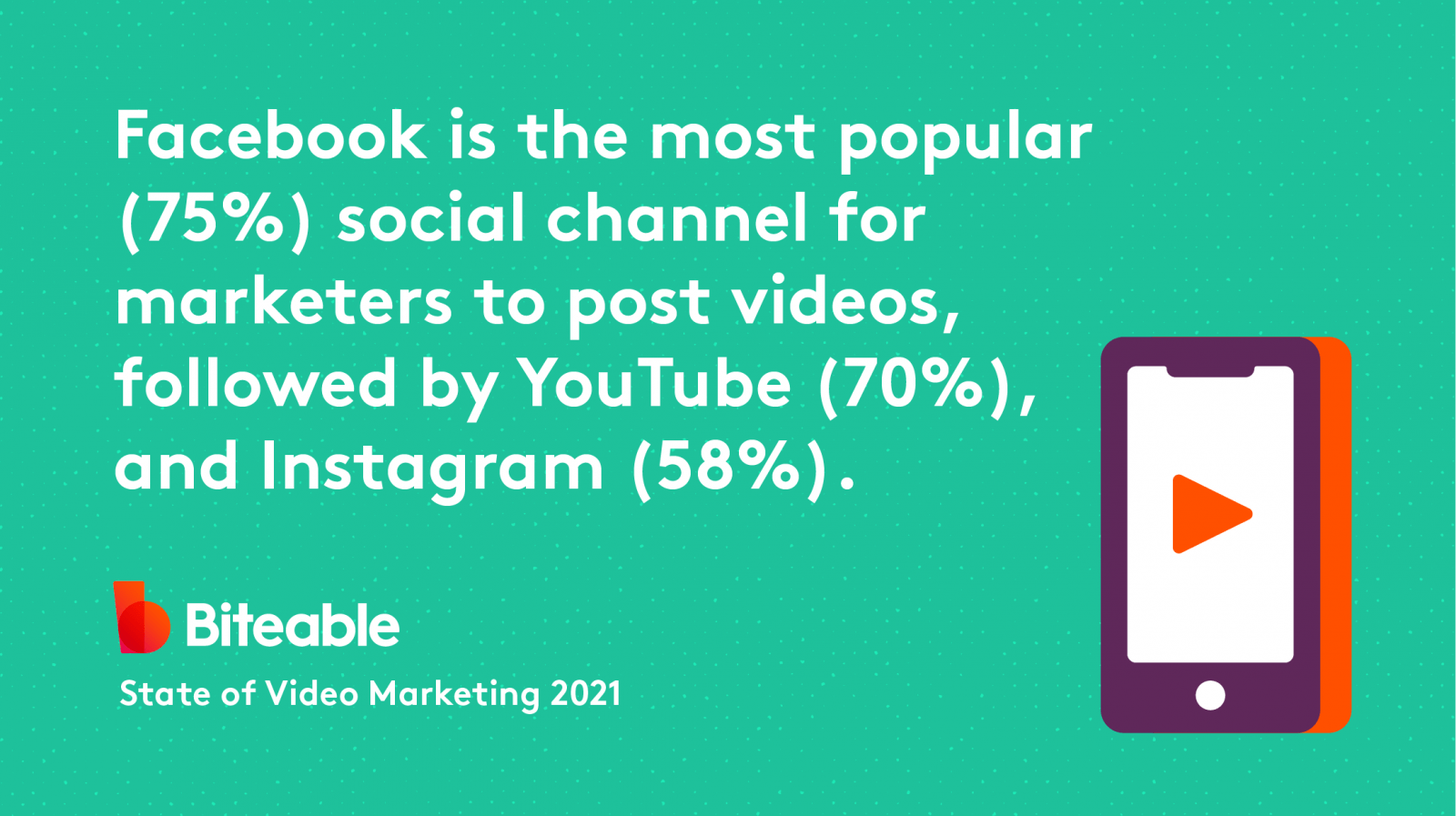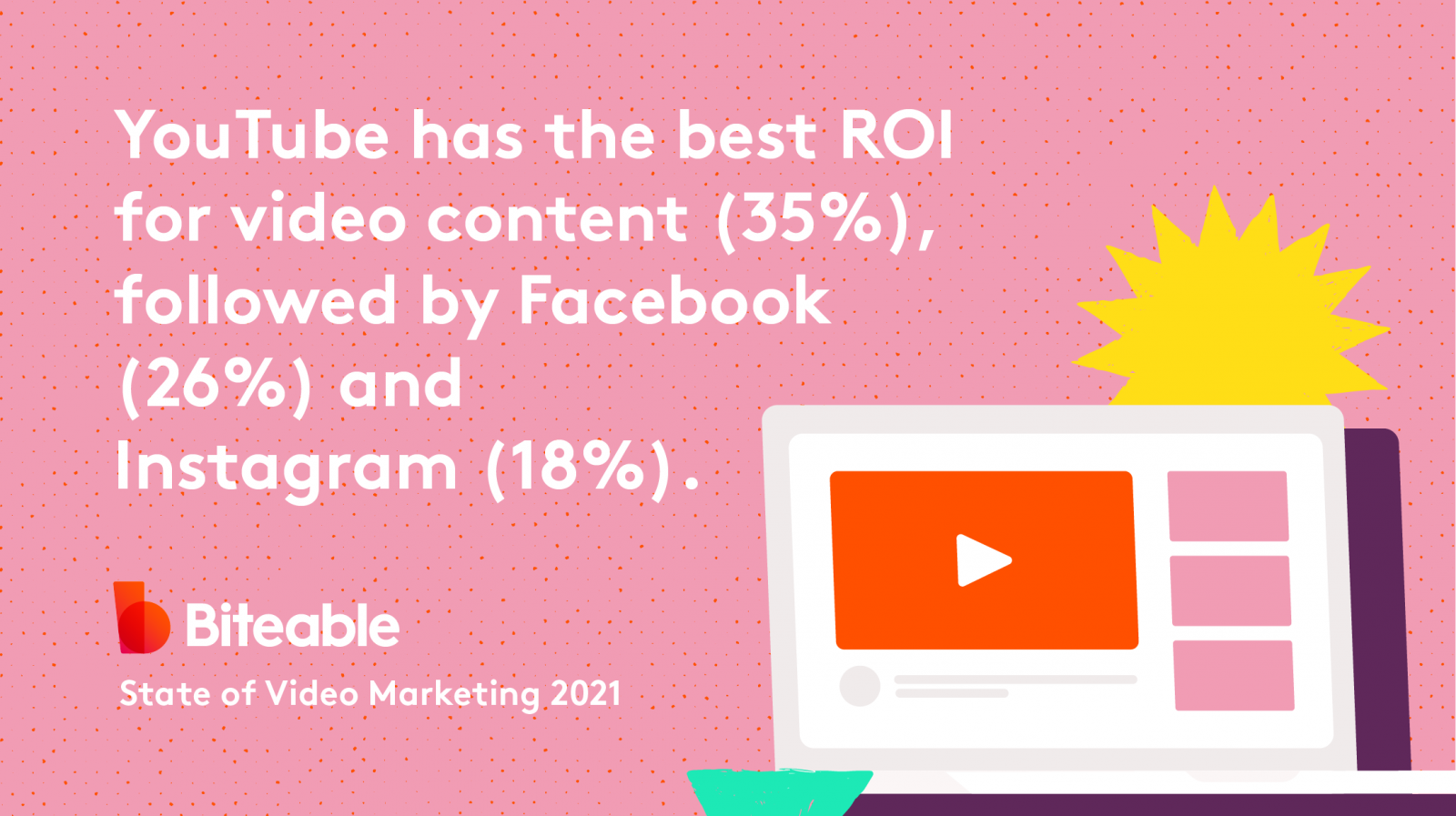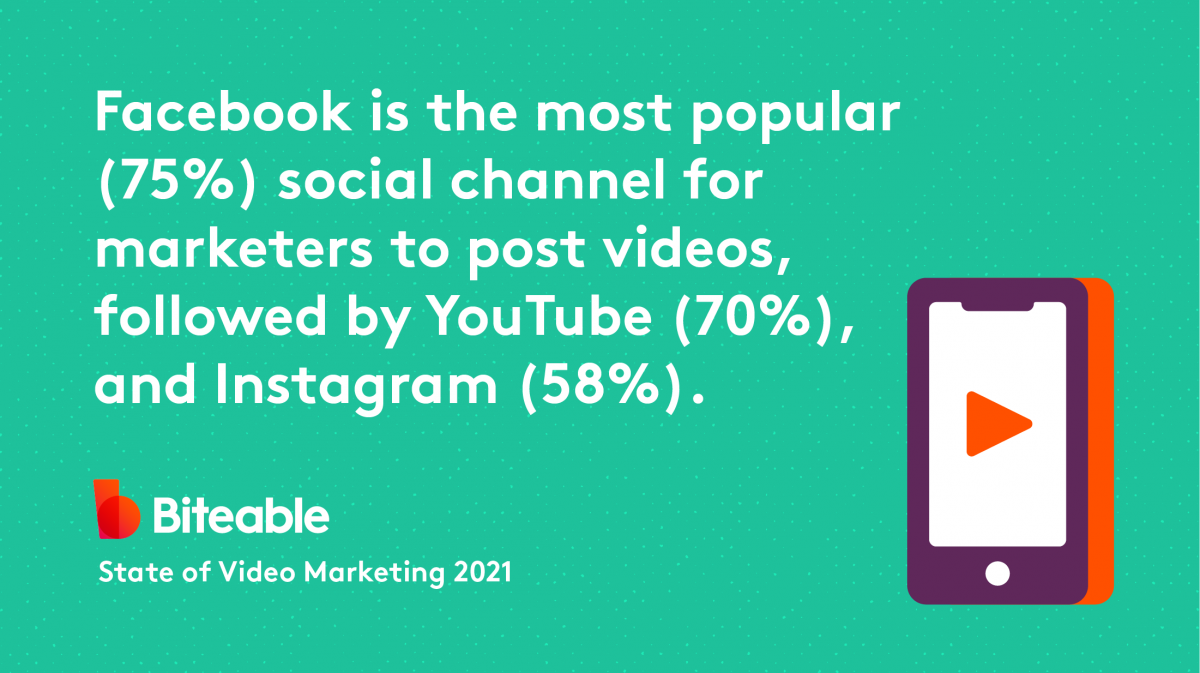Guest blog by Leah Diviney, Content Manager at Biteable
At the end of 2020, we surveyed 694 marketers to find out how and why they use video (or don’t use video) as part of their work.
Some of the results surprised us and some were more expected. But regardless, all of the information we gathered gave us valuable insights about the state of video marketing in 2021 and what it means for nonprofits.
This infographic largely speaks for itself, but we think it’s worth delving a little deeper, especially when it comes to applying these concepts to nonprofit video marketing.
Keep these actionable insights in mind as you continue to evaluate and adjust your 2021 marketing calendar.
Video is a Core Marketing Tool — For a Reason
- 60% of businesses use video as a marketing tool



- 74% of marketers say video has a better return-on-investment than static imagery

Video is here to stay. Making video ads is no longer the exclusive realm of high-end marketing agencies with top-dollar budgets.
The majority of for-profit companies and nonprofit organizations use video as a marketing tool. From social media, to email marketing, to fundraising event messaging, video has become the norm.
What this means for your nonprofit:
Because video has so saturated our lives, donors and volunteers expect to consume their information this way.
Marketers see a greater return-on-investment both because of this expectation and also because video just plain works.
We humans make decisions — including decisions about how to spend and give our money— largely based on our emotions. Compared to written text or static imagery, video elicits a greater emotional response and allows us to digest and retain information more thoroughly.
Video Marketing is Attainable
- The majority of marketers (23%) spent less than $300 on video marketing in 2020
While some marketers still spend big bucks on video marketing campaigns, many do not. And with the growing list of affordable, online video-making tools and high-quality stock footage, the percentage of small-budget spenders is likely to increase in the coming years.
What this means for your nonprofit:
Video marketing is attainable, even if you operate on a shoestring budget.
If you need to prove the worth of video to your board or budget committee, we suggest you start with a single, high-impact video that you create for under $20. (Yes, it’s possible!)
Although video has many uses in the nonprofit world, think carefully about how you use this very first one. For example, a training video for volunteers is a worthwhile tool, and it will likely make you more efficient, but it isn’t going to see a big dollar return.
To prove your concept, start with a high-profile digital fundraising campaign. Closely measure the statistics on your video and use this information to justify video marketing as an ongoing practice.
Video Marketing Ideas for Your Nonprofit
After you’ve proven the value of video with that first high-impact campaign, you can begin to branch out. Through trial and error, you’ll discover the types of videos that best suit your organization’s needs.
Here are some data-driven ideas to get you started.
65% of marketers make video presentations:
- Use a quick, text-based video presentation to report to the board on the results of a fundraising event.
- When you meet with big-ticket donors to convince them to back a new initiative, prepare a video that illustrates the impact of their future giving.
57% make video ads
- Video ads are especially ideal if your goal is engaging new digital donors.
- Make video ads a regular part of your social media strategy.
47% make explainer videos
- Use video during volunteer trainings. You might not think of this as part of your marketing strategy, but well-trained volunteers make amazing community ambassadors. The more informed and engaged they are, the more likely they will spread the word about your organization.
43% use video for social proof
- Social proof is a key component of nonprofit fundraising, especially peer-to-peer fundraising. Don’t neglect this important aspect of your video marketing strategy.
37% use video infographics
- Compliment your traditional annual report with a video component. The average supporter won’t read your full annual report, but if you embed this video in an email or put it out on social media, people will take notice.
22% use video for polls/questions
- After a major fundraiser, why not use a video poll to find out what attendees liked best and how you might make the event even better next year?
18% use video listicles
- Everyone loves a good listicle. Use yours to educate the community on the major issues your organization seeks to address.
However you decide to use video in your marketing strategy, remember this: video marketing is here to stay. It is easier than you think, more affordable than you think, and it works.

Leah Diviney is a content manager at Biteable, the world’s simplest video maker. When Leah isn’t busy making videos, she’s writing about them for the Biteable Blog.
